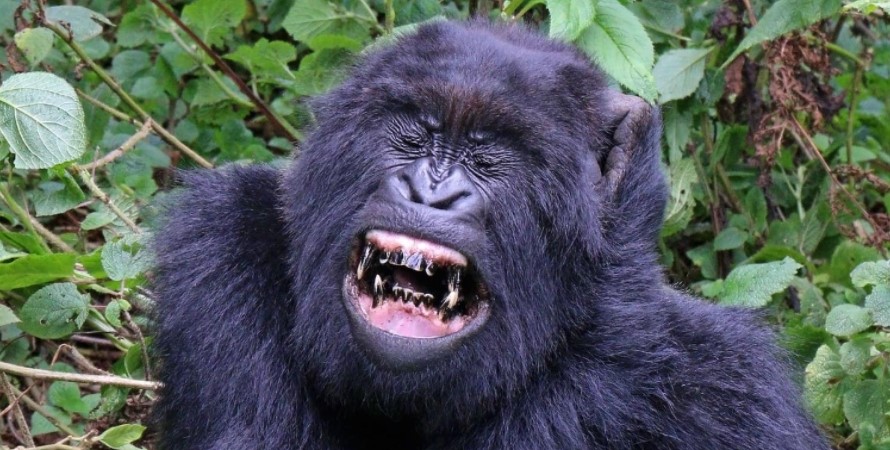Why Are Gorillas Going Extinct?
Why Are Gorillas Going Extinct? There are four subspecies of gorillas in the world: cross-river gorillas, Eastern lowland gorillas, Western lowland gorillas, and mountain gorillas.

The International Union for Conservation of Nature has listed every species of gorilla as endangered (IUCN). There are just approximately 800 of them left in the world, and while there are about 100,000 Western gorillas, their population is fast declining.
Numerous factors, such as habitat degradation, intense poaching, societal upheaval and violence, diseases, and predators, are contributing to the gorillas’ extinction.
Anciens/Predators
The leopard is the only animal that naturally preys on gorillas.
Loss of Habitat
Because of the rapid population growth in the area, clearing and degradation of forests is the primary cause of the extinction of gorillas. There has been varied degrees of deforestation as a result of people cutting down trees to make fuel, housing, and even land for agriculture.
Along with climate change, other factors contributing to the extinction of mountain gorillas include habitat loss and degradation brought on by infrastructural development, potential disturbances to the health and behavior of these primates, and more.
Poaching
For a variety of reasons, humans hunt and murder these peaceful primates. These include:
Food and home construction
Trading of bush meat and other illegal trade.
Traditional medicine.
It is quite uncommon for mountain gorillas to be poached for food. These days, snares designed to trap antelopes, bush pigs, and other wild animals—but occasionally killing or injuring them—are the product of unselective hunting.
One of the primary drivers of gorilla extinction is still direct poaching, or the abduction of infants for the live animal trade. Tragically, poaching incidents occurred in the mountain gorilla area in 2002, 2004 and 2007.
Diseases
These primates share physical and anatomical characteristics with humans, indicating a close relationship. Due to their lack of immunizations, they are therefore susceptible to many of the same illnesses.
Since gorillas live in tiny groups and may not recover quickly from a dramatic decline in population due to disease, exposure to a virus or illness that is comparatively harmless to humans has the potential to wipe out an entire community. Take the Ebola virus outbreak in the 1990s, for instance, which claimed the lives of several primates, including gorillas.
Common skin conditions like scabies and mange, as well as respiratory illnesses that may spread swiftly from one group to another as families contact, have already claimed the lives of some gorillas.
Unrest in Society and Wars
People and wild animals, especially gorillas, are at risk from the ongoing civil upheaval and conflict in the region.
The major obstacles and causes of threats to mountain gorillas are generally inadequate institutional management systems, a sense of disenfranchisement among local communities, a lack of regional collaboration, insecurities, and inadequate norms and laws safeguarding wild animals.



